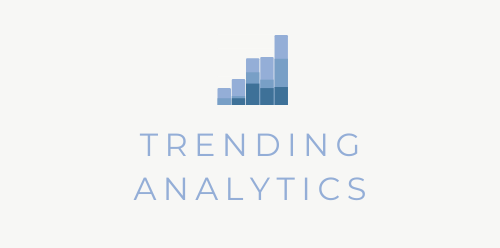This is another blog in a series dedicated to exploring ways we can make our data visualizations more accessible to everyone.
First off, we should never assume that we know our audience’s ability or disabilities. Not all disabilities are visible and I advise against asking someone to share theirs. Depending on where you live or work, asking such questions can also get you in trouble with HR.
Hence, we should be more conscious about how we design our visualizations and consider who we may be unintentionally excluding with our choices.
The design choices are ultimately yours to make.
ADHD Accessible Data Visualizations
The focus of this particular blog is designing ADHD accessible data visualizations.
I got a lot of inspiration from an Inclusive Design workshop called “Improve User Experience by Designing with Cognitive Differences in Mind”. I’ve found that concepts like these overlap a lot between a UI/UX designer and a data visualizer, so we can learn a lot from existing literature and research in this field.
Logical Linearization
Place the visualization in logical linearization if you have more than one in a single view. Start from the top left corner and work your way down to the bottom right corner if the primary language being used is written from left to right.
This type of organization can also help screen reader users (see this blog for tips specifically for visually impaired audiences).
Include Text Labels with Icons
Many visualization tools allow you to include icons. However, keep in mind that very few icons are universally recognized.
One option is to include text labels with icons, like this one I made below:
Descriptive Titles and Subtitles
Write well-crafted, descriptive titles and subtitles for each visualization. Avoid having vague titles like “Expenses” and try wording it more descriptively like “Expenses were Highest in Q2 of 2020”.
This will help all types of audience members understand your visualization better.
Controlled Animations
Avoid including unnecessary motion and animation that can make it difficult for those with ADHD to keep their attention to other parts of the visualization.
That is not to say to avoid animations altogether. Motions can be an effective tool to enhance understanding, like Hans Rosling’s famous graph.
One compromise is to have an option for people to choose, like a toggle or button that will allow users who wish to view the animations to do so.
These are just some things to keep in mind when designing more accessible data visualizations for those with ADHD.

